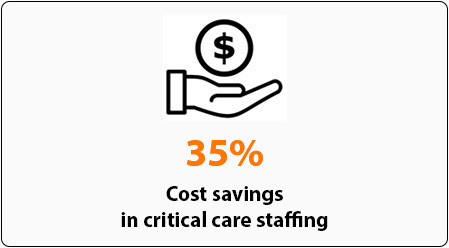TERMS OF USE| WEBSITE PRIVACY POLICY| CCPA PRIVACY POLICY| DO NOT SELL OR SHARE MY PERSONAL INFORMATION| BILLING DISCLOSURE| SITEMAP
COPYRIGHT © CEP AMERICA, LLC, ALL RIGHTS RESERVED.
TERMS OF USE| WEBSITE PRIVACY POLICY|
CCPA PRIVACY POLICY |DO NOT SELL OR SHARE MY PERSONAL INFORMATION|BILLING DISCLOSURE|SITE MAP
COPYRIGHT © CEP AMERICA, LLC, ALL RIGHTS RESERVED.






















